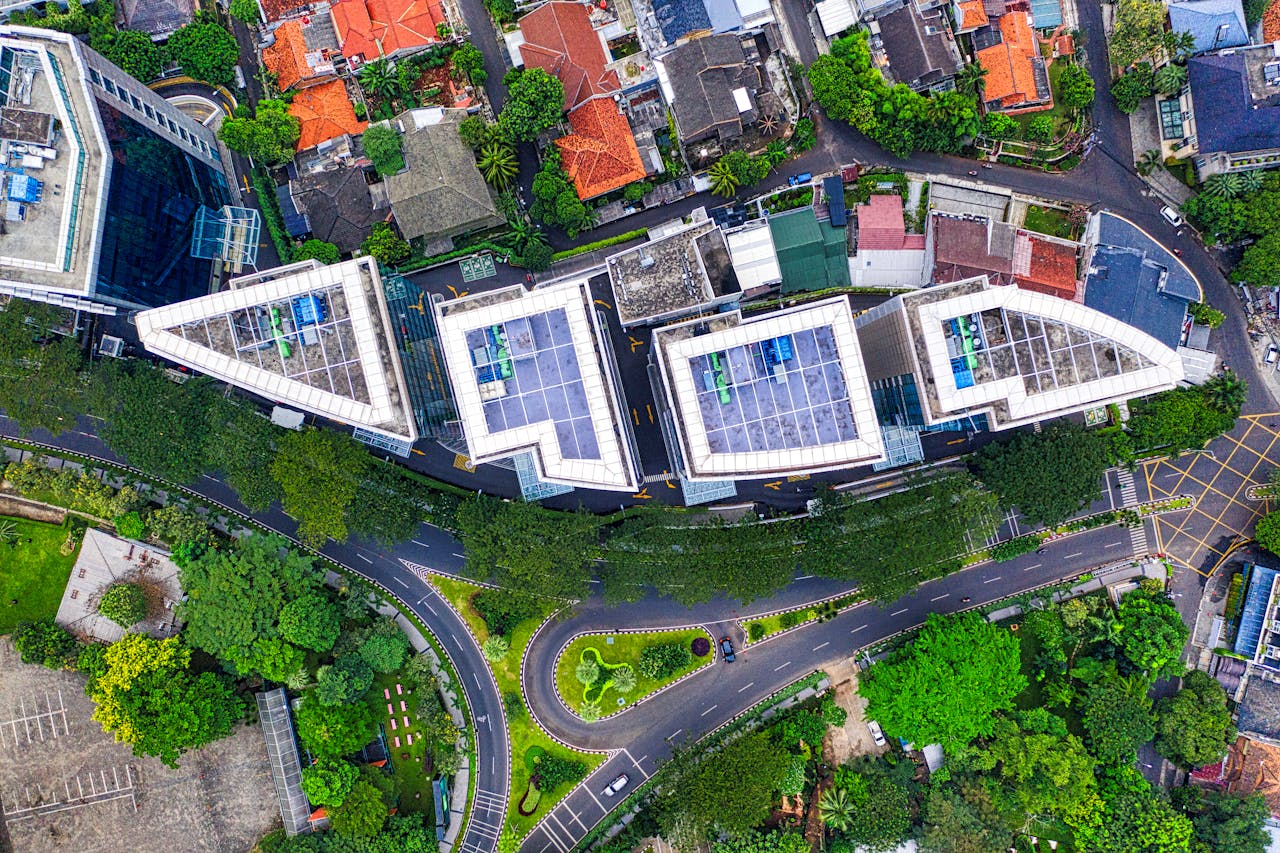Economies, Vol. 13, Pages 217: An Analysis of the Effects of Traditional Exports on Peru’s Economic Growth: A Case Study of an Emerging Economy
Economies doi: 10.3390/economies13080217
Authors:
Cristian Alexander García-López
Franklin Cordova-Buiza
Wilder Oswaldo Jiménez-Rivera
Economically, all countries seek sustained growth driven by domestic demand, investment, and exports; however, COVID-19 revealed the vulnerability of interconnected economic systems and a sharp contraction in global trade. The objective of this research is to analyze through an econometric model the effect of traditional exports on Peru’s economic growth during the 2012–2023 period. The study employed a quantitative approach with a non-experimental, longitudinal design, using quarterly data from the Central Reserve Bank of Peru and the National Bureau of Statistics of China, which were transformed into natural logarithms. Unit root tests, the ordinary least squares (OLS) method and a two-stage least squares (2SLS) model were applied to correct for endogeneity. The results show that mining accounts for 81.7% of total traditional exports from Peru. The model indicated that a 1% increase in traditional exports leads to a 0.29% increase in GDP, confirming a positive impact. However, the high dependence of the mining sector exposes the economy to external risks. Therefore, a productive diversification strategy, alongside the modernization of the mining sector, is recommended to strengthen Peru’s economic resilience in the face of global crises and external fluctuations.
Source link
Cristian Alexander García-López www.mdpi.com


